Everything you need to know about hairless dog breeds
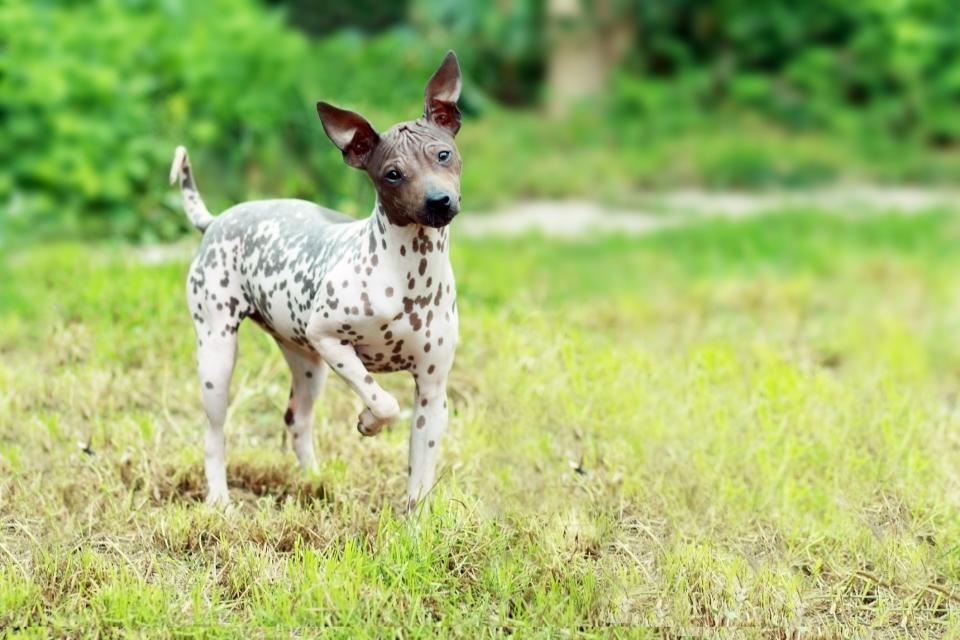
Looking to adopt a hairless dog breed? From Chinese Cresteds to breeds originating from across the world, hairless dogs really do stand out from the crowd and make great companions – but there are a few things that you will need to take into consideration.
What causes a dog to be hairless?
“Other than medical conditions such as alopecia, like many other physical traits, genetics will determine whether a dog is hairless. It is likely that this trait has been favoured by breeders who desire this look and therefore chose to breed dogs who will continue to have these physical characteristics," says Rover’s canine behaviourist, Adem Femi.
There are four hairless dog breeds that are officially recognised worldwide by the likes of The Kennel Club, however, there are a couple of other breeds that carry a dominant gene for hairlessness that are not widely recognised.
Are hairless dogs hypoallergenic?
According to Adem, "in terms of hairless dogs being hypoallergenic, sadly they do not solve the allergy problem for some owners. Those who experience adverse reactions when coming into contact with dogs may in fact be allergic to a dog’s dander or saliva rather than their hair, so opting for a hairless breed of dog may still have you reaching for the antihistamines."
How to groom and care for a hairless dog?
You may not need to worry about brushing a hairless dog like you would one with lots of fur but there are still some things to consider when it comes to grooming them.
"A dog’s fur acts as an important barrier to the elements and can also assist with keeping a dog both warm and cool. Without this fur, our hairless companions may need a little more TLC to protect them," Adem says.
They will typically need to be protected from the sun, rain and any potential irritants that they might come in contact with, such as perfume on a human's clothes or stinging nettles when out on a walk. This is in addition to regular bathing.
"Their skin is likely to need moisturising regularly and they will also need to be protected with dog friendly sun cream if exposure to the sun cannot be avoided at all. Both wet, cool and warm coats may be needed at various points in the year," Adem suggests.
So, during the warmer months, using a cooling vest or coat to keep them comfortable in the heat is key. Whereas, in the colder months, it is important to keep them warm, as their lack of a thick insulating coat of fur can cause them to struggle to regulate their body heat.
Keep reading for the full list of hairless dog breeds...
(lenanet / Getty Images)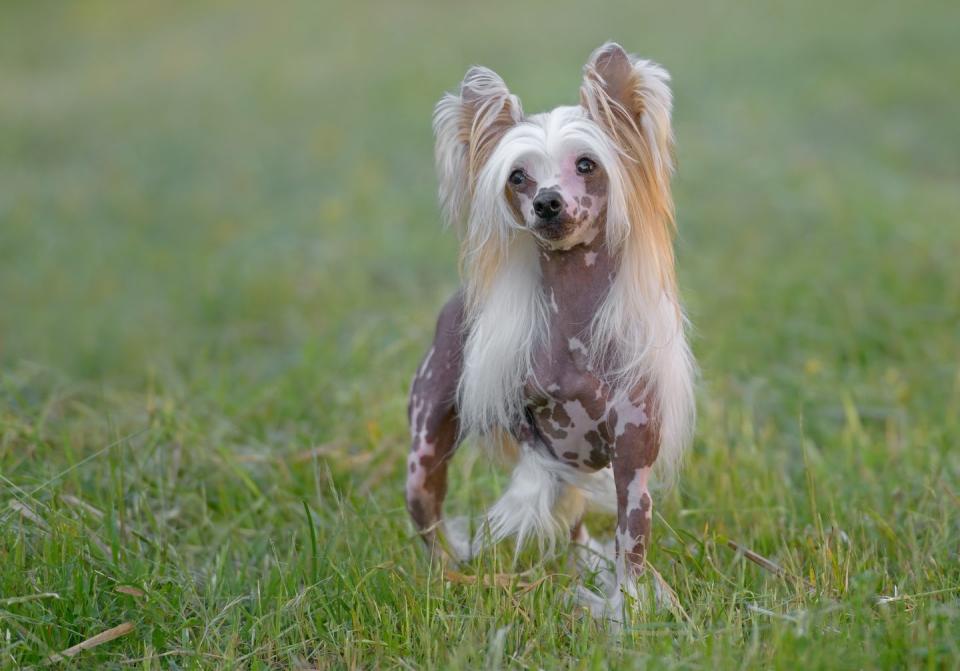
The Chinese Crested may spring to mind when you think about hairless dog breeds, but they do typically have a crest of fine hair that runs from the head, and down the neck and withers. This fine hair also covers the feet and tail.
They are happy and affectionate pups that make an ideal companion for many. They also only need around thirty minutes of exercise each day, and are happy living in smaller homes and flats.
(tsik / Getty Images)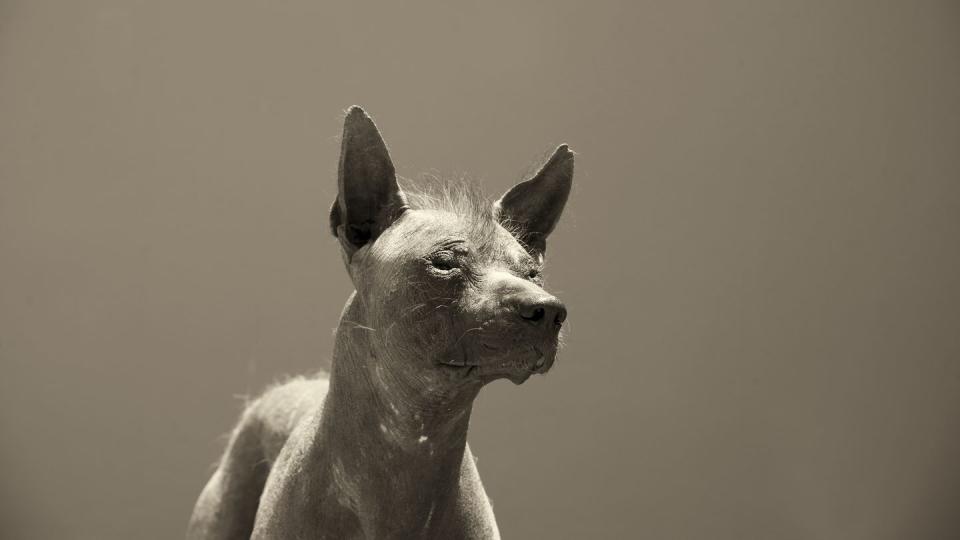
According to the United Kennel Club, the Peruvian Inca Orchid was named when the Spanish conquered Peru and these hairless dogs were found in Inca homes. They are also referred to as hairless Khala dogs.
The breed grows to three sizes and can have a variety of coat colours. They are lively and alert dogs that need to be challenged intellectually, and allowed to use their independent thinking – this is something to consider if you are looking to home one.
(manx_in_the_world / Getty Images)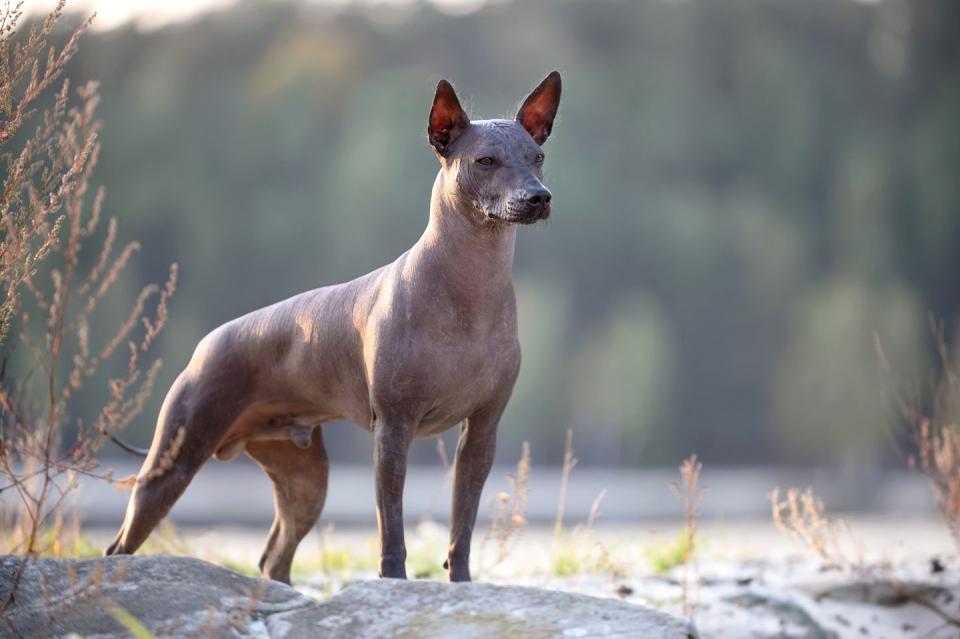
The Xoloitzcuintle, (pronounced 'sholo-its-quintli,') commonly referred to as the Mexican Hairless Dog, can grow to three different sizes. According to The Kennel Club, they are cheerful, alert and intelligent dogs but can be aloof and wary of strangers.
They make an excellent companion, especially if you're looking for a pup that isn't aggressive.
(nickpo / Getty Images)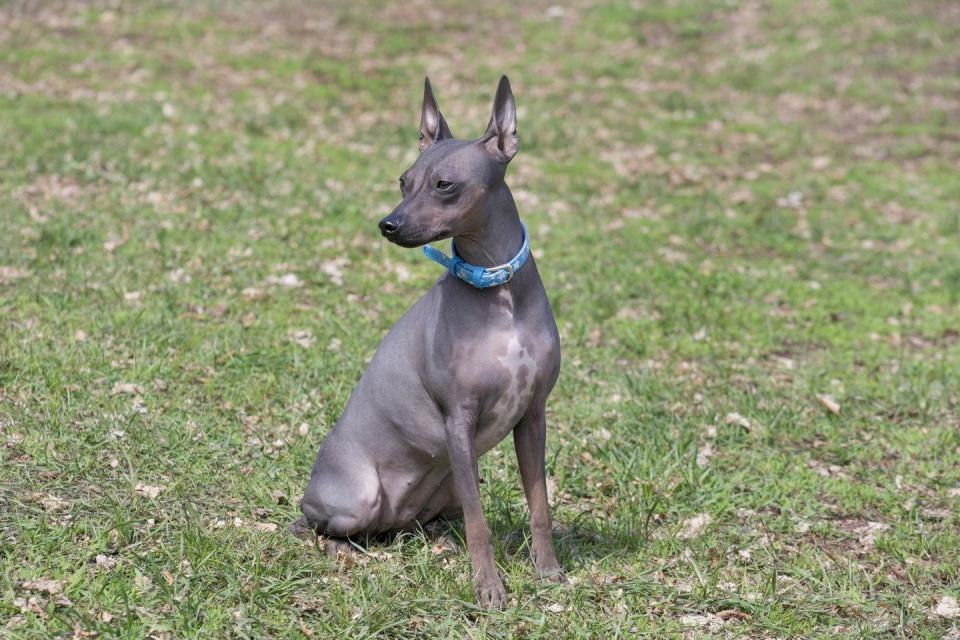
Much more common in the United States, the American Hairless Terrier is an alert, curious and energetic dog, according to the American Kennel Club.
With "true terrier grit and courage," they are incredibly protective of their owners and make brilliant watchdogs. They are also good with young children and affectionate with people that they know well.
(SergeyTikhomirov / Getty Images)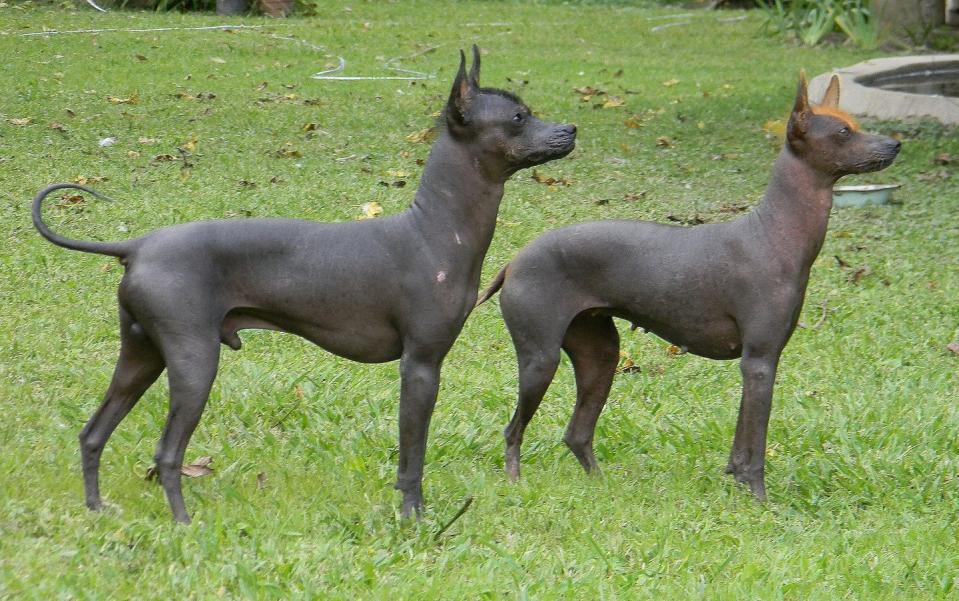
Even though they are not an officially recognised hairless dog breed, the Argentine Pila dog is typically found in the Salta province of Argentina, and is closely related to other South American hairless breeds.
Playful and caring with both humans and other dogs, the most common size you'll find is the small Argentine Pila. However, you'll also find medium and large sizes of this cheerful four-legged friend.
(Monica S. Cassels, CC BY-SA 3.0 / Wikimedia Commons)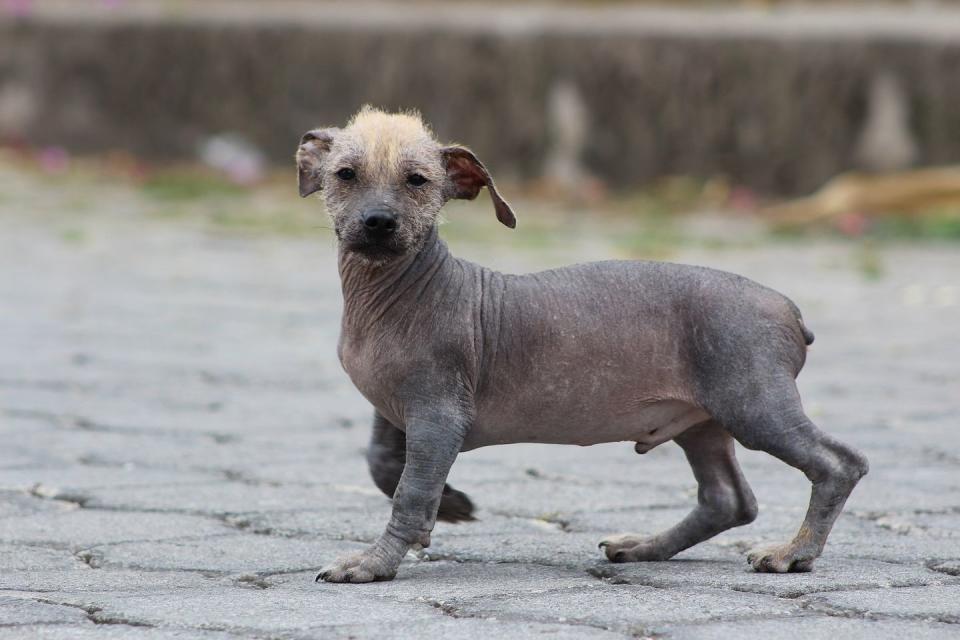
The Ecuadorian Hairless Dog is a cross between the Peruvian Inca Orchid and the Xoloitzcuintle. This is the rarest of hairless dogs, and is not in fact an officially recognised breed.
Affectionate and playful, this pup also loves to stay active, so daily exercise is a must. In addition to this, they have strong hunting instincts, having traditionally been bred to accompany hunters.
(Perro calvo, CC BY-SA 4.0 / Wikimedia Commons)Looking to adopt a hairless dog breed? They stand out from the crowd and make great companions – but there are a few things to take into consideration.

 Yahoo Sports
Yahoo Sports 